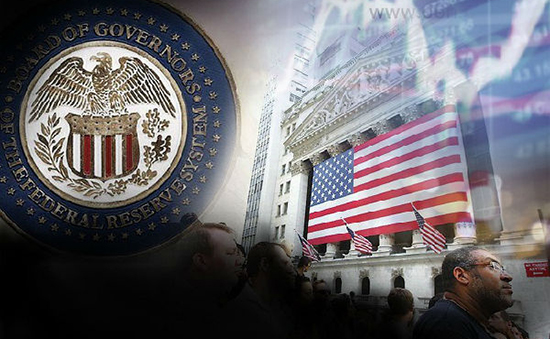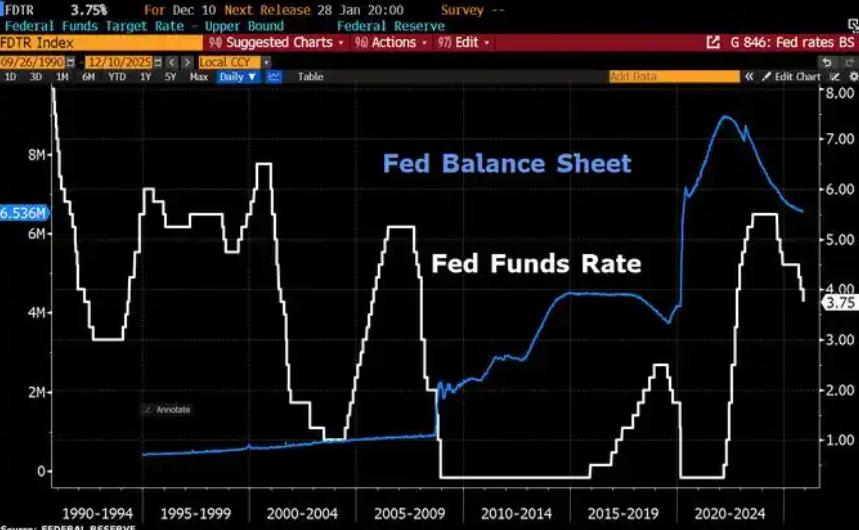
Early Thursday morning Beijing time, the Federal Reserve released the minutes of the January Federal Open Market Committee (FOMC) policy meeting, and a number of Fed officials issued hawkish views, highlighting the potential drawbacks of cutting interest rates too early, which could waste the progress already made on inflation.
After the meeting, Fed officials stressed a patient stance on interest rates and warned against cutting rates too soon given the strength of the U.S. economy.
Fed Chairman Jerome Powell said officials are trying to balance the risk of slowing the economy by keeping interest rates too high for too long with the risk of cutting rates too soon and stabilizing inflation above the Fed's 2 percent target, and "there is no easy, simple, obvious path right now." Federal Reserve Governor Robert Waller said he should wait for more evidence and that rate cuts should be delayed for at least a few more months. Federal Reserve Governor Christopher Waller said policymakers should hold off on cutting interest rates for at least a few more months to see if the recent rise in inflation signals that price stability has stalled or is just a bump in the road.
The Fed's seven rate-cutting cycles since 1990 have been divided into two categories: "slow" rate cuts to address downturns in growth, with the aim of bringing down real interest rates, and "precipitous" cuts to address sudden risks, with the aim of mitigating liquidity shocks and isolating financial risks. In contrast, this cycle, from the fundamental point of view does not support premature interest rate cuts. So what are the main risks of the Fed cutting rates too soon? The author analyzes from the following points.
Increasing inflationary pressures: Cutting interest rates too early can lead to an increase in the money supply in the market, which can exacerbate inflationary pressures. When the economy is overheating or inflation is already high, cutting interest rates early could push up prices further, hurting purchasing power.
Asset bubble risk: The low interest rate environment encourages investors to seek higher yield investment channels, which may lead to artificial inflation of asset prices and the formation of bubbles. If the bubble bursts, it could cause turmoil in financial markets.
Overheating: When economic growth is already strong, interest rate cuts can cause the economy to overheat and businesses and consumers may borrow and spend too much, potentially posing a threat to economic stability in the long run.
Increased credit risk: Low interest rates encourage lending, which may lead to a loosening of credit standards and increase the risk of non-performing loans in the banking and financial system.
Reduced effectiveness of policy tools: Cutting interest rates too soon when the economy does not need stimulus may reduce the central bank's room to use interest rate policy to intervene effectively in the event of a future economic slowdown.
Market expectations are difficult to manage: Premature or unnecessary rate cuts can send the wrong signal to market participants, leading to a miscalculation of the future economic outlook. This uncertainty could affect companies' investment decisions and consumers' spending behavior.
External imbalance risk: interest rate cuts may affect international capital flows and exchange rates, especially in the case of an unstable global economic environment, which may cause fluctuations in cross-border capital flows and affect the stability of the domestic economy.
In considering rate cuts, the Federal Reserve should take these potential risks into account and adjust its policy tools to meet its dual mandate objectives of "maximum employment" and "stable prices" in light of current economic conditions and expectations, because if consumer spending is higher than expected, borrowing costs decline, or financial conditions become too accommodative, the Federal Reserve will continue to reduce interest rates. The slowdown in inflation may stop or even reverse.

Since 2022, the Fed has cumulatively reduced its balance sheet by $2.4 trillion through quantitative tightening (QT) policies, leading to a near depletion of liquidity in the financial system.
Since 2022, the Fed has cumulatively reduced its balance sh…
On December 11 local time, the White House once again spoke…
Fiji recently launched its first green finance classificati…
Recently, the European Commission fined Musk's X platform (…
At the end of 2025, the situation in the Caribbean suddenly…
The U.S. AI industry in 2025 is witnessing a feverish feast…